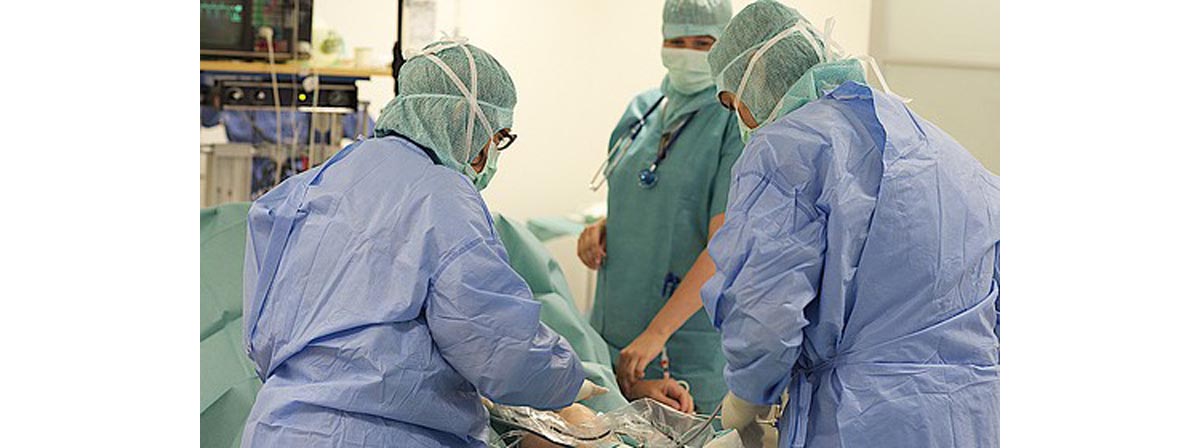Table of Contents
Are you looking for information about abortion and post-abortive care, whether for yourself or someone you care about? This article offers a brief overview of the abortion basics everyone can benefit from knowing. That includes your different options and aftercare instructions.

Ending Pregnancy With Medication
Medical abortion is the induction of miscarriage with medication, most commonly a combination of mifepristone and either misoprostol or gemeprost. In the United States, medical abortions are performed only up to nine weeks pregnancy in the vast majority of cases. In other countries (Canada, some European countries, India, China), medical abortion is also available during the second trimester of pregnancy.
What is the advantage of a medical abortion regimen over the more well-known surgical abortion? To some women, taking medication feels less invasive and more natural.
On the other hand, the process of a medical abortion can take a long time to complete — unlike surgical abortion methods that are finished within a predetermined amount of time, you will not know for sure when the process is done. After taking the second medical abortion pill, the abortion may be take anywhere from six hours to a full week to happen. This can be agonizing mentally and may require a woman to take time off work because a medical abortion can be painful, just like a natural miscarriage or heavy period cramps.
The other disadvantage of medical abortion is the fact that women will still require a surgical abortion if — for some reason — the medication fails to induce a miscarriage or expel all the contents of the uterus. Carrying on a pregnancy after the attempt to have a medical abortion carries a significant risk of birth defects, and is not recommended.
Surgical Abortion
In a surgical abortion, instruments are used to physically enter the uterus to remove its contents and end the pregnancy. There are three types of surgical abortion: vacuum aspiration, dilation and evacuation (D&E), and dilation and extraction (D&X).
A vacuum aspiration essentially suctions out the contents of the uterus, after the cervix is opened. This type of abortion can be performed up to 16 weeks gestation (14 weeks after fertilization). The procedure lasts up to 15 minutes, and local anesthesia is usually used.
A D&E is an abortion method that is used after 16 weeks gestation and requires gradual dilation of the cervix before removing the contents of the uterus with instruments and scraping its lining to ensure no tissues are left, thereby helping to prevent infection after the procedure. This procedure takes up to 30 minutes and carries a higher risk of infection and post-abortive complications such as cervical damage than a vacuum aspiration does. Antibiotics are offered after the procedure to limit this risk.
A dilation and extraction, D&X, is a more invasive procedure because it is used after 21 weeks of pregnancy, when fetal development is more advanced. It is a lengthy procedure in which requires dilation of the cervix two days prior to the extraction of the fetus. When the patient's water breaks, she returns to the clinic, and the fetus is rotated, an incision made in the skull to allow a suction catheter inside, and the skull is collapsed to facilitate removal. The fetal remnants are then removed from the uterus with the help of medical instruments.
The latter two abortion types can be carried out under local anesthesia, with an epidural, or under general anesthesia, depending on the clinic's policies and abilities, and the patient's wishes. If you are offered general anesthesia, make sure to discuss the risks and benefits with your doctor before the procedure.
- Photo courtesy of Zdenko Zivkovic by Flickr : www.flickr.com/photos/zivkovic/7559803292/
- Photo courtesy of Dawn Ashley by Flickr : www.flickr.com/photos/dawnashley/2435415442/

